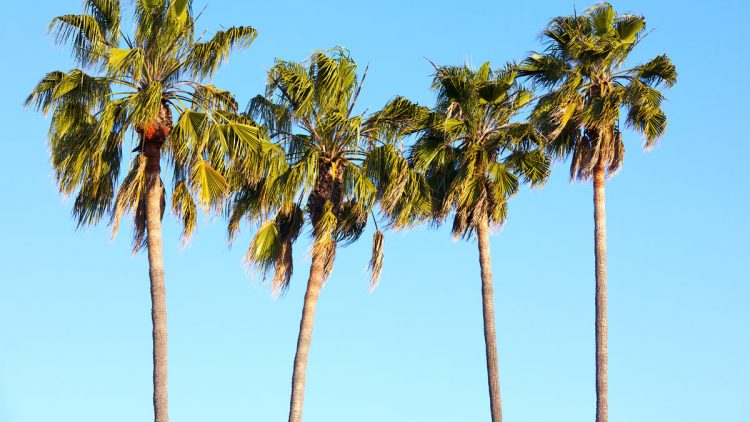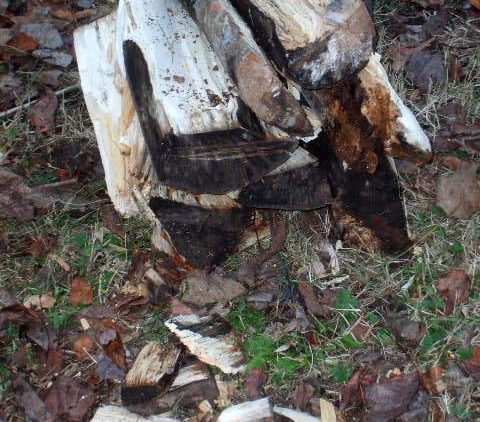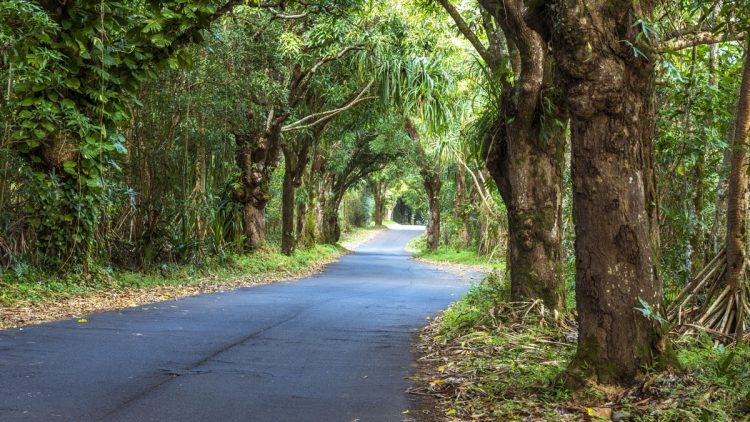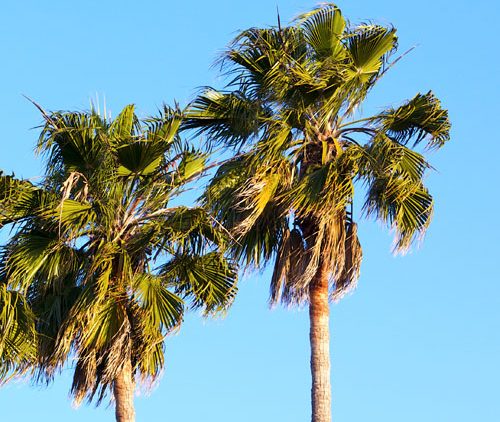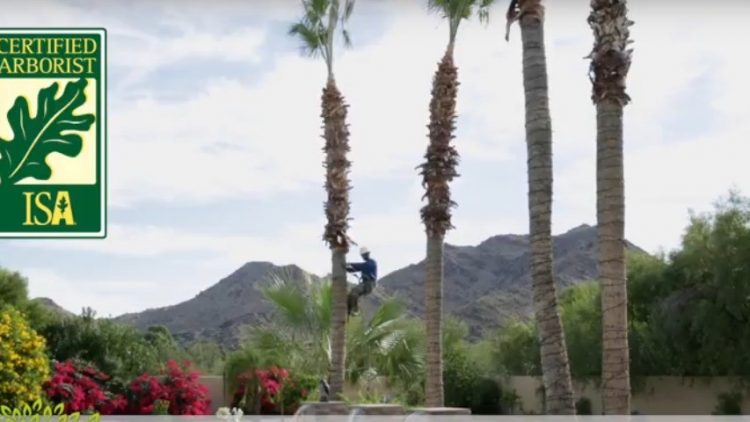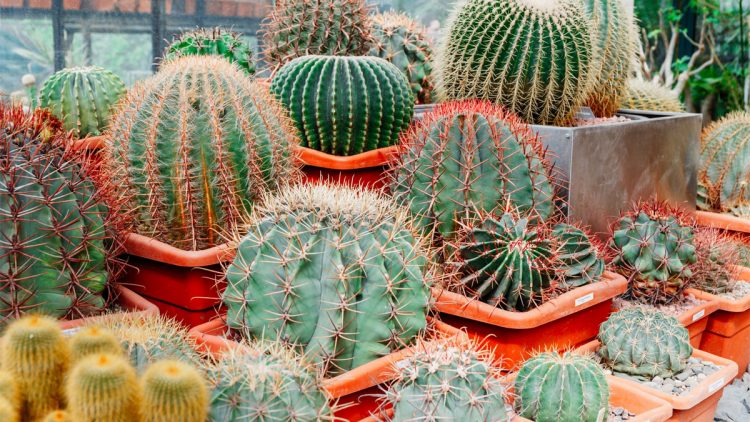Cactus And Succulent Care
CACTUS AND SUCCULENT CARE
GET A FREE ESTIMATE TODAY!
Cactus and succulent care is a specialized area but it is something anyone can master and enjoy. Read on to learn more.
Cacti and succulents are very common houseplant nowadays. They come in a wide range of shapes and sizes from the petite to the grandiose. Cacti and succulents fall into the same category because they both have characteristics meaning they can grow in dryer environments.
Cactus and Succulents are low maintenance, water-smart plants that reserve water in their leaves and stems, creating a full or succulent aspect. They are usually found in hot, dry climates like the desert and have acclimated to tolerate long periods without water. There are a lot of varieties of succulents and cacti that grow from all over the world. For the best growing results each plant has distinct needs, but there are common rules for succulent and cactus care.
WATER – If the container your cactus is in has drainage holes, water completely at least once a week during its active growth period. If your container doesn’t have drainage holes, water moderately to moisten the soil, make sure water doesn’t pool up at the bottom of the container which can cause your cactus to rot. Allow the soil to dry between waterings.
LIGHT – Place your cactus in a south-facing window that is brightly lit indoors or in an area with bright, indirect sunlight outdoors. Some cactus can tolerate full sun but must be steadily adapted to hinder sunburn. If the light source is insufficient, etiolation will happen, and your cactus will start to become leggy as it extends outward towards a light source.
SOIL – Succulents and cacti grow best in soil that is fast draining and well aerated. Perlite or pumice mixed with soil works well for this, or you can pick up a cactus/ succulent mix.
CACTUS & SUCCULENT GROWING TIPS
LITHOP CARE (LIVING ROCK) – Take particular care not to overwater lithops, as they will rot. Water lithops during fall (when you see flower buds start to appear) and spring (after leaf shedding has happened) thoroughly (until water runs through your containers drainage holes) and let the soil dry between waterings. Abstain from watering at all during winter and summer months, except for very sparse sprinklings at least once a month. Keep your lithop in a brightly lit, south-facing window. For more information visit lithops.info
NUTRITION – Fertilize throughout the growing season with a 10-10-10 fertilizer diluted to 1/4 strength for each watering.
COLORS – Typically greener succulents are more accepting of low light environments. If your space doesn’t have a plentiful light source, try and avoid succulents that have blue, purple, pink and white tones.
PROPAGATING – Cactus has a lot of methods for reproducing and can propagate from cuttings, leaf cuttings and producing seeds.
ARTIFICIAL LIGHTING – Succulents do their best in natural light, but if this not attainable (during winter months or your geographical location), you can still give them a light source via artificial grow lights. There are a lot of options for energy-efficient artificial lighting readily available.
CACTUS RE-POTTING
If your cacti or succulent is in a container, it’s best to re-pot is in the spring. To re-pot your cacti:
- Firstly water the cactus and allow it to drain before removing it carefully from the pot, using a folded piece of paper to protect your hands against its spikes.
- Clear away the old soil from the roots using a thin stick, like a chopstick, so that you don’t damage the roots.
- Put a layer of potting mix in the new pot, which should be slightly bigger in diameter, and sit the cactus on it.
- Fill the rest of the pot with the potting mix and firm it down.
- Don’t water for a couple of days to prevent the rotting of damaged roots.
CACTUS CARE & REMOVAL SERVICES PHOENIX
Phoenix Trim-A-Tree offers cactus removal services in Phoenix, Arizona. For cactus care advice in Scottsdale, Mesa, Tempe or Chandler, contact us today!


